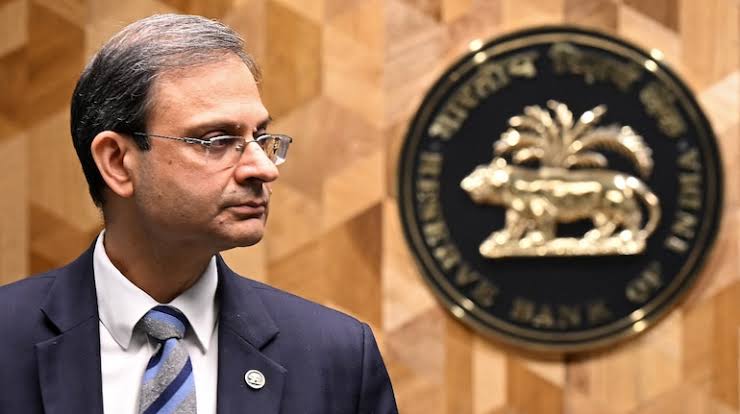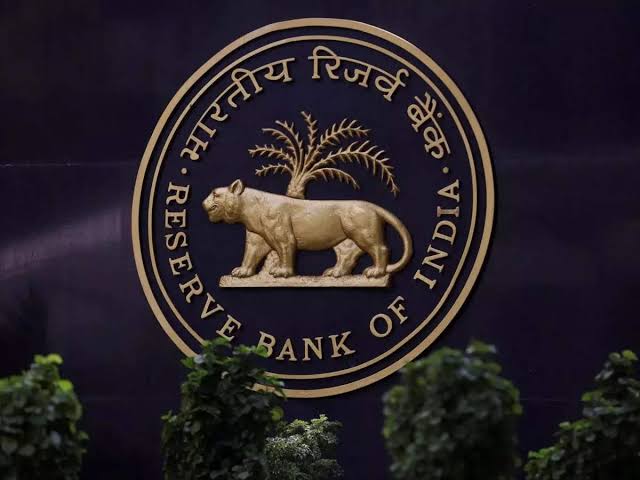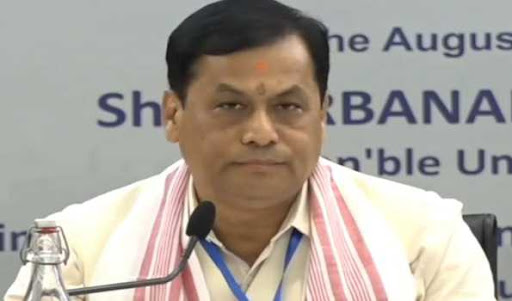The Reserve Bank of India recently reduced the repo rate by 25 basis points, bringing it down to 6.25 percent from 6.5 percent. This decision has sparked widespread interest as people eagerly await how banks will adjust their lending and deposit rates in response.
 State Bank of India Chairman CS Setty confirmed that the bank would soon revise its lending rates linked to the external benchmark lending rate (EBLR). The decision is expected to take effect this month following a meeting of the bank’s asset-liability committee (ALCO). While borrowers may soon see some relief, depositors may have to wait longer to know if their interest rates will be affected.
State Bank of India Chairman CS Setty confirmed that the bank would soon revise its lending rates linked to the external benchmark lending rate (EBLR). The decision is expected to take effect this month following a meeting of the bank’s asset-liability committee (ALCO). While borrowers may soon see some relief, depositors may have to wait longer to know if their interest rates will be affected.
Setty indicated that most banks are unlikely to cut deposit rates immediately, given the strong credit demand in the current quarter. Banks need to maintain healthy deposit levels to sustain lending, and this period of high credit growth makes it crucial to retain depositors. While a few banks might adjust their rates sooner, the general trend suggests most will hold off until the next quarter before making any changes.
The RBI’s decision also comes with broader economic implications. Governor Sanjay Malhotra has kept the Standing Deposit Facility (SDF), the Marginal Standing Facility (MSF), and bank rates at 6.5 percent. Deputy Governor M Rajeshwar Rao noted that any significant shifts in deposit rates could take at least two quarters to fully materialize. Long-term fixed deposits, particularly those with maturities of five years or more, are unlikely to see immediate rate reductions.
As banks continue assessing liquidity and economic conditions, the extent of deposit rate cuts will depend on multiple factors, including future credit demand and overall financial stability. For now, while borrowers may soon benefit from lower lending rates, depositors may need to wait a little longer before any changes affect their savings.




